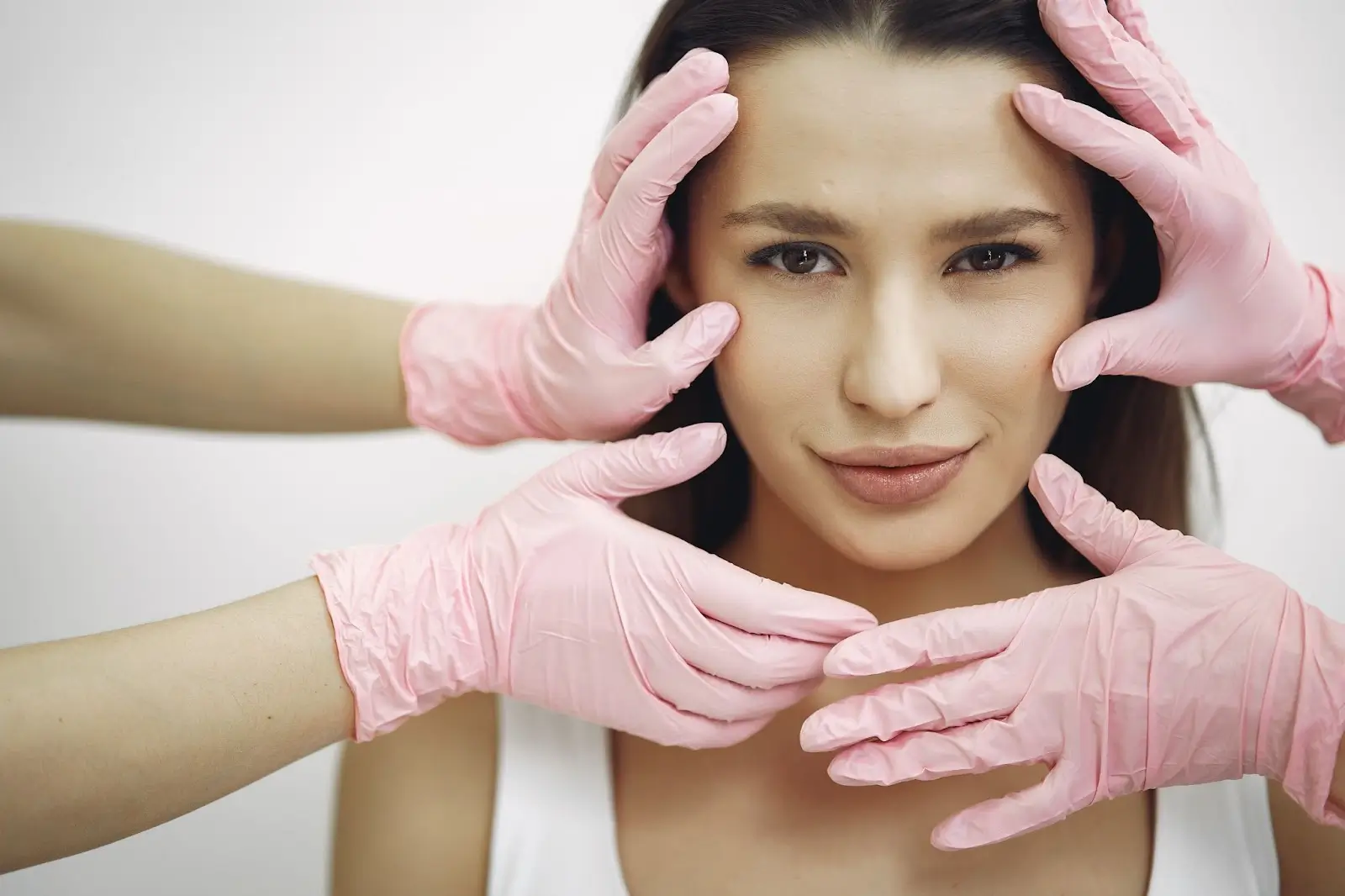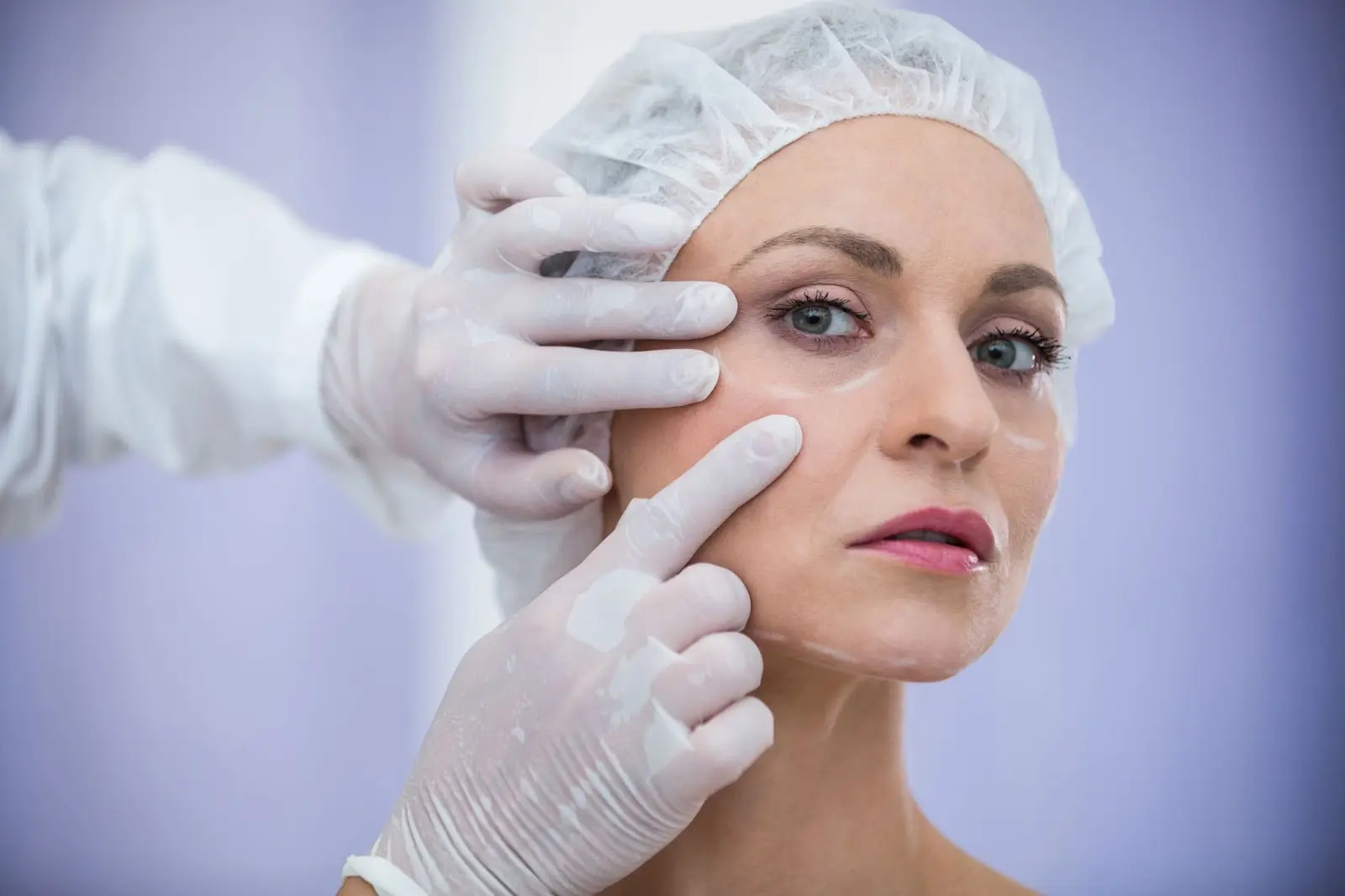
Facelift procedures have become increasingly popular in recent years, with the American Academy of Facial Plastic and Reconstructive Surgery reporting a 60% rise since 2017. Many individuals seek ways to refresh their appearance and address signs of aging. While surgical facelifts remain common, there is growing interest in less invasive alternatives.
Lanluma has emerged as a notable non-surgical facelift option that stimulates the body’s natural collagen production. This injectable treatment works to restore facial volume and improve skin texture gradually, providing a subtle, natural-looking lift without the risks or downtime associated with surgery.
This article examines how Lanluma functions, its benefits, potential side effects, and what patients can expect before and after treatment. For those exploring facial rejuvenation options, understanding Lanluma offers valuable insight into effective, minimally invasive cosmetic procedures.
Key Takeaways
- Lanluma is a poly-L-lactic acid (PLLA) injectable that stimulates the body’s natural collagen production to gradually restore facial volume and improve skin texture.
- It offers a non-surgical facelift option with subtle, long-lasting results, typically lasting up to two years.
- Common treatment areas include the cheeks, temples, jawline, and nasolabial folds, targeting volume loss and signs of aging.
- Unlike hyaluronic acid fillers, Lanluma’s effects develop progressively as collagen builds over several weeks.
- Proper aftercare, including massage and sun avoidance, is essential to optimize results and minimize side effects.
- Lanluma has shown high patient satisfaction with minimal and mostly mild adverse events reported.
About: Doctor Medica is your trusted supplier of top-quality dermal fillers, viscosupplements, and more for your medical practice. We offer genuine products from leading brands at the lowest prices. Contact Doctor Medica today if you want to order Lanluma online for your practice.
Mechanism of Action: How Lanluma Works

Lanluma’s active ingredient is poly-L-lactic acid (PLLA), a synthetic compound well-known for its biocompatibility and long history of use in medical sutures and implants. When injected into targeted facial areas, PLLA particles serve as a biostimulant, activating fibroblasts to generate new collagen. This collagen production gradually improves the skin’s overall structure, firmness, and elasticity over a period of several weeks, resulting in a refreshed, more youthful appearance.
Unlike hyaluronic acid fillers that provide immediate volume, Lanluma works progressively. Rather than filling the treated areas directly, it triggers the body’s natural regenerative process to build volume and lift from within. This leads to a subtle, natural transformation that develops over time, making Lanluma especially appealing for those who prefer enhancements that evolve gently, avoiding the stark changes sometimes associated with other treatments.
A common question among patients and providers alike is “Is Lanluma FDA approved?” While Lanluma holds CE-mark clearance for use in Europe, it is currently not FDA-approved for cosmetic use in the United States. This regulatory distinction is important to understand when considering treatment options and availability.
This gradual mechanism makes Lanluma particularly suitable for individuals seeking long-term facial rejuvenation without the risks, downtime, or recovery accompanying surgical facelifts. Typical areas of improvement include the cheeks, temples, and jawline, with results lasting up to two years. Patients often benefit from regular follow-ups and customized treatment plans to maintain collagen levels and optimize aesthetic outcomes.
Treatment Areas and Techniques

Lanluma is a versatile collagen-stimulating injectable designed to address volume loss and visible signs of aging across various facial regions. The following outlines the most common treatment areas and the aesthetic benefits associated with each:
| Facial Area | Treatment Goal |
| Cheeks | Rebuilds mid-face volume lost due to aging, improving cheek projection and facial symmetry. Enhances youthful contours while subtly lifting the lower face. |
| Temples | Fills sunken or hollow temple areas, often contributing to a gaunt or tired appearance. Restores balance to the upper face for a more harmonious look. |
| Jawline | It adds structure and sharpness to a sagging or poorly defined jawline. It also helps improve the overall lower face profile, especially when combined with chin contouring. |
| Nasolabial Folds | Softens the appearance of deep folds running from the nose to the corners of the mouth. Gradual collagen stimulation improves skin density and smoothness. |
Lanluma injections target the deep dermis or subcutaneous tissue, with techniques tailored to each patient’s unique facial anatomy. Treatments are typically spaced over several weeks, allowing collagen to build progressively and ensuring optimal, long-lasting results.
Clinical Outcomes and Patient Satisfaction
Real-world studies and clinical evaluations of Lanluma reveal promising outcomes coupled with high patient satisfaction. A recent post-market study highlighted several key findings:
| Outcome | Findings |
| Skin Texture | Most participants reported improved smoothness and softness. |
| Firmness and Elasticity | Noticeable enhancement in skin firmness due to ongoing collagen stimulation. |
| Overall Facial Appearance | Patients experienced rejuvenation and a more youthful look. |
| Adverse Events | Minimal, with most being mild and temporary (e.g., swelling, tenderness). |
| Patient Satisfaction | High; many individuals reported satisfaction even months post-treatment. |
Lanluma’s ability to deliver gradual, natural-looking improvements contributes significantly to its growing popularity, especially among those who value subtle, yet durable, aesthetic enhancement.
Managing Expectations and Aftercare
Setting realistic expectations and providing clear aftercare guidance are critical to maximizing Lanluma’s benefits and minimizing any risks. Because Lanluma stimulates collagen production, patients should understand that visible improvements will not be immediate. Instead, results gradually appear over several weeks and continue developing for months afterward, underscoring the importance of patience and follow-up care.
Recommended aftercare steps include:
- Massage: Patients should gently massage the treated area for about five minutes, five times daily over five days. This encourages even product distribution and reduces the likelihood of lumps or nodules.
- Sun Avoidance: Direct sun exposure, tanning beds, saunas, and steam rooms should be avoided for at least 10 days to prevent irritation and prolonged swelling.
- Skincare Products: To reduce the risk of sensitivity or infection, avoid applying makeup, creams, or other topical products to the treated area for at least 24 hours.
- Physical Activity: Refrain from strenuous exercise, hot yoga, or high-impact activities for 5 to 7 days to control inflammation and allow the product to settle effectively.
By carefully following these guidelines, patients support the collagen-building process initiated by Lanluma, improving outcomes and comfort during recovery. Practitioners should provide both verbal and written aftercare instructions, and encourage open communication in case any unexpected symptoms arise.
Conclusion
Lanluma presents a promising non-surgical option for facial rejuvenation by encouraging the body’s natural collagen production to restore volume and improve skin texture gradually. Its ability to deliver subtle, long-lasting results makes it an attractive choice for those looking to enhance their appearance without undergoing surgery or extended downtime.
It offers a valuable approach for individuals seeking effective, minimally invasive facial rejuvenation where it is available, highlighting the importance of informed decision-making in aesthetic care.
FAQs
1. Is Lanluma FDA-approved for facial treatments?
No, Lanluma is not FDA-approved for use in the United States. It is CE-marked for use in Europe. For more information on regulatory status, see Is Lanluma FDA-Approved?
2. What facial areas can be treated with Lanluma?
Lanluma can be used to enhance the cheeks, temples, jawline, and nasolabial folds by stimulating collagen production in these areas.
3. How long does it take to see results from Lanluma?
Patients typically begin to see improvements within 6–12 weeks as collagen production increases, with results lasting up to two years.
4. What aftercare is required following a Lanluma treatment?
Aftercare includes massaging the treated area, avoiding sun exposure, refraining from applying skincare products for 24 hours, and limiting strenuous exercise for several days post-treatment.
References
2024 facial plastic surgery trends press release. American Academy of Facial Plastic and Reconstructive Surgery website. Accessed April 25, 2025. https://www.aafprs.org/Media/Press_Releases/2024_02_01_PressRelease.aspx
Marten TJ. Facelift: planning and technique. Clin Plast Surg. 1997;24(2):269-308.
Related Articles
Joanna Carr
Entyvio Dose Schedule
Review the Entyvio dose schedule, from induction to maintenance, and learn how vedolizumab infusion timing supports long-term control of ulcerative co...
Joanna Carr
Silhouette Threads Before and After With Photo Examples
Discover Silhouette Threads before and after results—see visible improvements in skin lifting, tightening, and contouring achieved with this innovativ...
Joanna Carr
Lumigan Contraindications – When Not to Use Lumigan
Understand the contraindications of Lumigan and learn when this medication should not be used. Explore the conditions and situations where Lumigan may...


